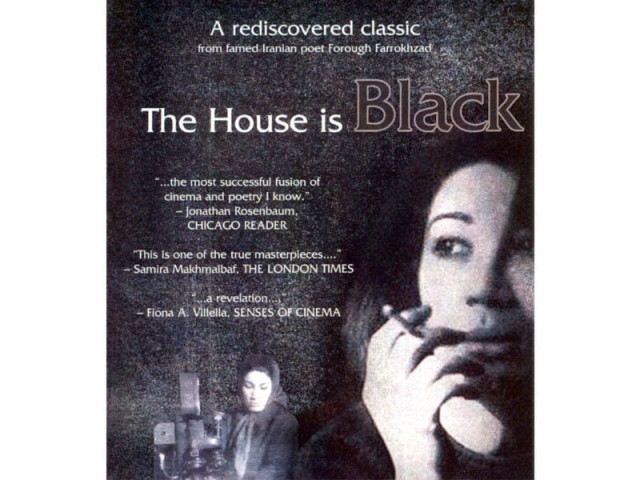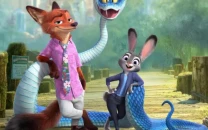Film review: The House is Black - the other face of beauty
Leprosy patients cling on to hope and find joy in everyday life.

Leprosy patients cling on to hope and find joy in everyday life.
“There is no shortness of ugliness in the world,” states the film in its prologue. “If man closed his eyes to it, there would be even more. But man is a problem solver.”
At the very outset, the film makes it clear that the 22 minutes of reel time will not belittle the everyday struggle of the colony residents, for they may still present themselves as an “image of ugliness” and “a vision of pain”. Yet, in their everyday life, it will attempt to find beauty and showcase them in a human light.
To this end, Farrokhzad styles her documentary like a poetic rendition interspersed with her own verses, passages from the Old Testament and the Holy Quran.
The film begins with a woman’s distorted face looking at a mirror, her eyes curious. Through this image, we are instantly cautioned that this is not an ordinary house. Life in the leper colony is not vastly different from yours or mine — that is, if you choose to ignore the ugly things like “hands, feet, eyes” as a boy, who lives among faces without noses, palms without fingers and feet without toes, calls them. The rest is pretty routine as another boy featured in the documentary mentions all the good things they have — “the moon, sun, flower and play” — nature that is external to the human body.
Some scenes in the film such as the one with a man walking from one end to the other are staged in order to set the mood. Farrokhzad’s poetry adds an air of solemnity to the plot conveying the suffering, the hidden angst and searches for a noble answer. The male voice-over on the other hand sources the good energy that is required to counter the maladies of the psyche.

The featured men, women and children are natural: there is laughter, there is sadness and there is banter in the leper colony. But there is an air of melancholy amidst normal things such as old men playing board, women donning new clothes and children playing ball. And by capturing that subtle misery the documentary achieves what it has set out to.
Towards the end of the film, all lepers walk toward the camera but the gates close and the words “Leper Colony” appear on the screen. A bald young student of a school run for lepers is asked to write a sentence with the word ‘house’ in it. He writes “The House Is Black” and it hits the viewer like a profound thought.
The gates in the film might have closed, but with this venture Forough Farrokhzad opened the doors of Iranian Cinema to the world. The House Is Black is said to be the pioneer of Iranian New Wave cinema and the film sets a grand stage for this genre.
Rating
Karthik Keramalu is a freelance writer who is interested in literature and film.
He tweets @Keramalu
Published in The Express Tribune, Sunday Magazine, May 11th, 2014.


















COMMENTS
Comments are moderated and generally will be posted if they are on-topic and not abusive.
For more information, please see our Comments FAQ